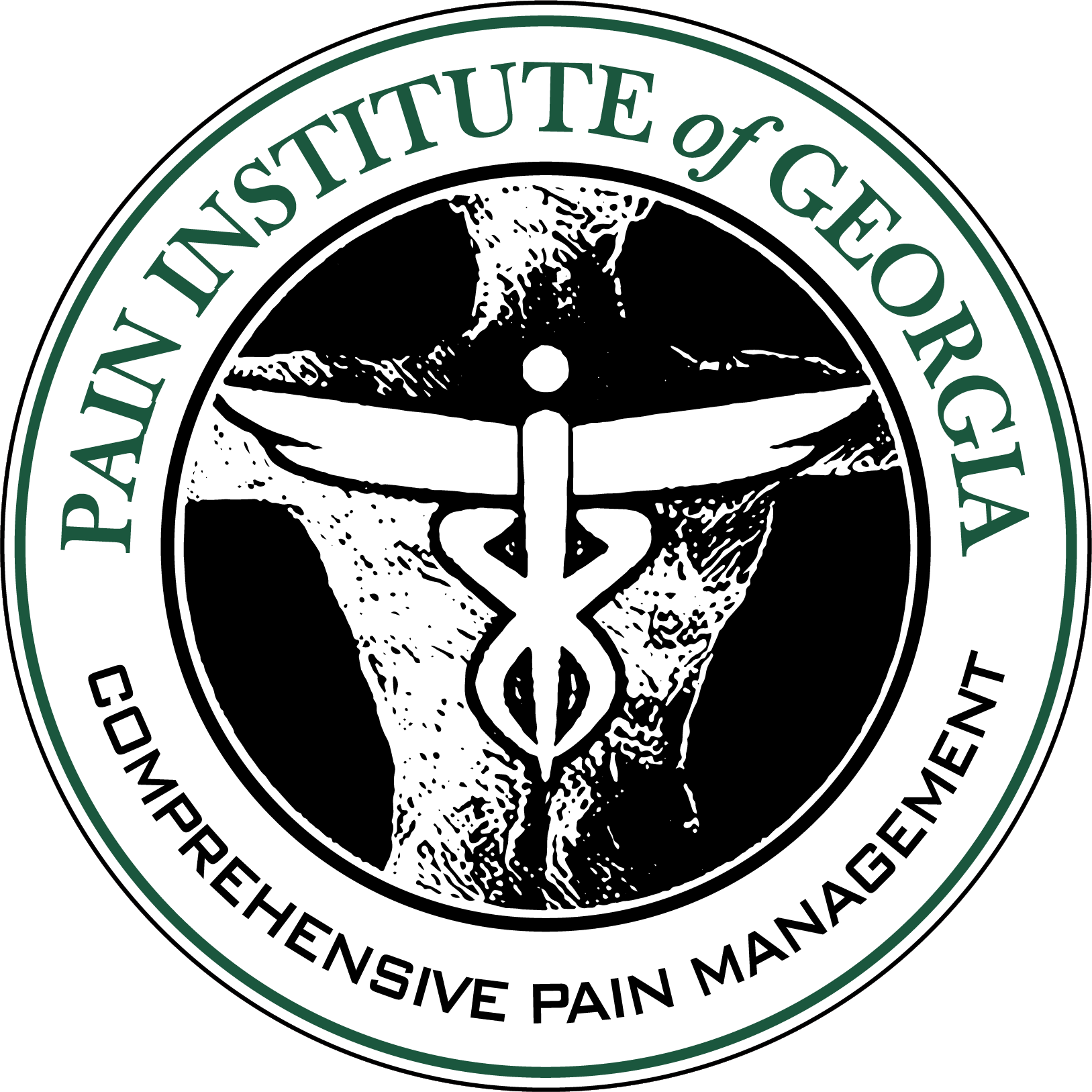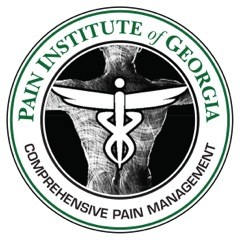
Conservative Treatments
Causes
It can be caused by a number of things. Some of the most common causes include:
– Osteoarthritis: Osteoarthritis is a type of joint disease that occurs when cartilage breaks down, resulting in pain and stiffness.
– Bursitis: Bursitis refers to inflammation of the fluid filled sacs (or bursae) around the knee joint. It can cause pain, swelling and difficulty moving the knee.
– Injured ligaments: Ligaments are bands of tissue that attach bone to bone. When ligaments around the knee become strained or injured, it can cause pain and swelling.
– Meniscus tear: The meniscus is the cushion of cartilage between the thigh and shin. Tears or injuries to the meniscus can cause severe pain, swelling and difficulty moving the knee.
– Bone fractures: A broken or fractured bone can cause severe pain, swelling and difficulty moving, especially if located near the knee.
– Patellar tendinitis: Patellar tendinitis, also known as ‘jumper’s knee’, occurs when the tendon connecting the kneecap to the shin becomes inflamed and irritated.
Regardless of the cause, knee pain can affect your quality of life, so it is important to seek professional medical advice if you are experiencing any type of knee pain.
Prevention Strategies to Avoid Knee Pain
Causes
It can be caused by a number of things. Some of the most common causes include:
– Osteoarthritis: Osteoarthritis is a type of joint disease that occurs when cartilage breaks down, resulting in pain and stiffness.
– Bursitis: Bursitis refers to inflammation of the fluid filled sacs (or bursae) around the knee joint. It can cause pain, swelling and difficulty moving the knee.
– Injured ligaments: Ligaments are bands of tissue that attach bone to bone. When ligaments around the knee become strained or injured, it can cause pain and swelling.
– Meniscus tear: The meniscus is the cushion of cartilage between the thigh and shin. Tears or injuries to the meniscus can cause severe pain, swelling and difficulty moving the knee.
– Bone fractures: A broken or fractured bone can cause severe pain, swelling and difficulty moving, especially if located near the knee.
– Patellar tendinitis: Patellar tendinitis, also known as ‘jumper’s knee’, occurs when the tendon connecting the kneecap to the shin becomes inflamed and irritated.
Regardless of the cause, knee pain can affect your quality of life, so it is important to seek professional medical advice if you are experiencing any type of knee pain.

